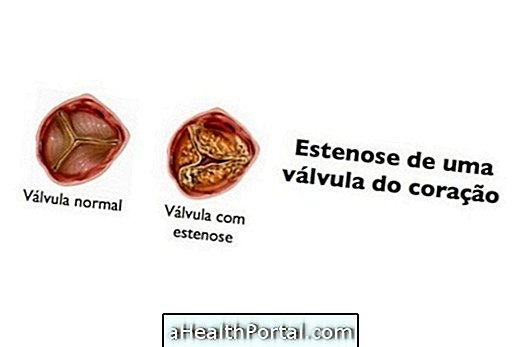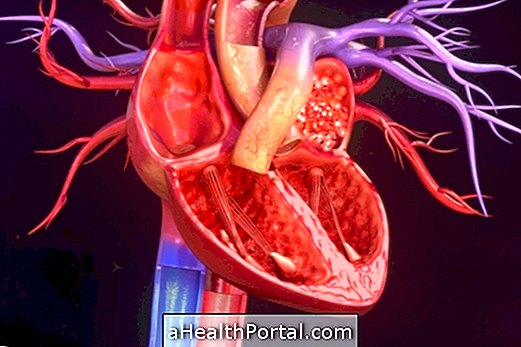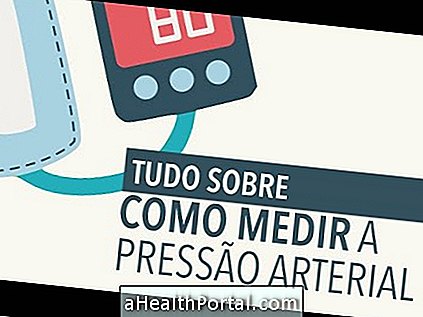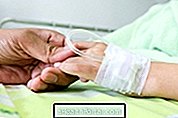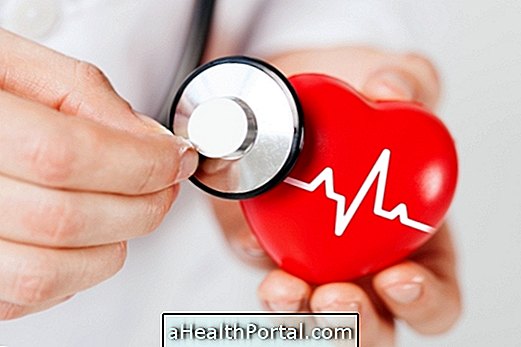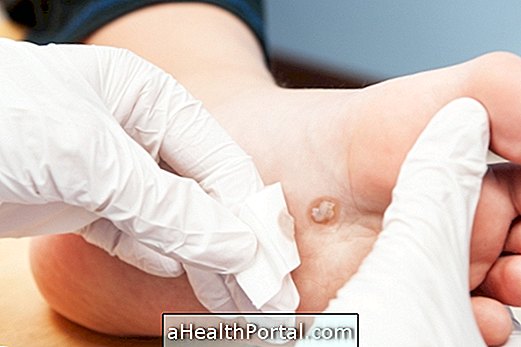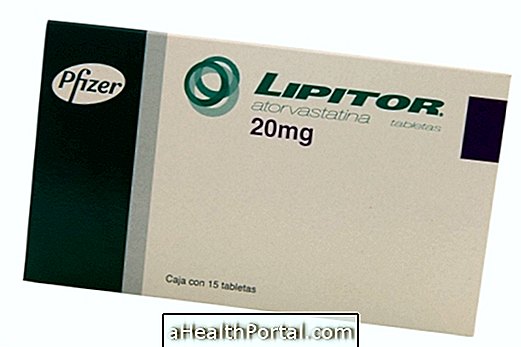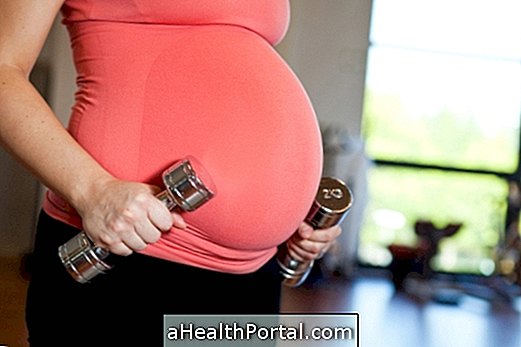The postoperative period of cardiac surgery consists of resting, preferably in the Intensive Care Unit (ICU) in the first 48 hours after the procedure. This is because in the ICU there are all the equipment that can be used to monitor the patient in this initial phase, in which there are greater chances of electrolytic disturbances, such as sodium and potassium, arrhythmia or cardiac arrest, which is an emergency situation in which the heart stops beating or starts beating slowly, which can lead to death. Learn more about cardiac arrest.
After 48 hours, the person may go to the room or ward and remain until the cardiologist assures that it is safe for him to return home. The high depends on a number of factors such as general health status, diet and pain level, for example.
Shortly after cardiac surgery, the person is advised to begin physical therapy, which should be performed for about 3 to 6 months or more, depending on the need, to improve the quality of life and allow a healthier recovery.
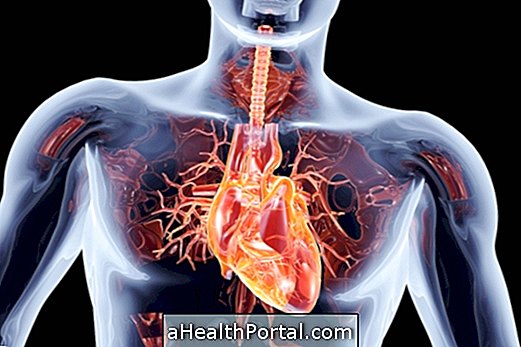
Recovery from cardiac surgery
Recovery from heart surgery is slow and can be time consuming and depends on the type of surgery that was performed by the doctor. If the cardiologist has chosen minimally invasive cardiac surgery, the recovery time is shorter, and the person can return to work in about 1 month. However, if traditional surgery has been performed, the recovery time may reach 60 days.
After surgery the person should follow some doctor's guidelines to avoid complications and speed up the recovery process, such as:
Dressing and surgical points: the dressing of the surgery should be changed by the nursing team after the bath. When the patient is discharged home, the dressing is out. It is also recommended to take a shower and use liquid neutral soap to wash the area of the surgery, as well as dry the area with a clean towel and wear clean clothes and buttons forward to facilitate the placement of clothing;
Intimate contact : Intimate contact should only recur after 60 days of cardiac surgery, as it may change the heart rate;
General recommendations: It is forbidden in the postoperative to make an effort, drive, carry weight, sleep belly down, smoke and consume alcoholic beverages. After surgery it is normal to get your legs swollen, so it is recommended to take light walks daily and avoid sitting too long. When resting, it is advised to rest your feet on the pillow and keep them elevated.
When to return to the doctor
It is recommended to return to the cardiologist when one or more of the following symptoms occur:
- Fever greater than 38ºC;
- Chest pain;
- Shortness of breath or dizziness;
- Sign of infection in the incisions (exit of pus);
- Legs very swollen or sore.
Heart surgery is a type of heart treatment that can be done to repair damage to the heart itself, the arteries attached to it, or its replacement. Cardiac surgery can be done at any age, with a higher risk of complications in the elderly.

Types of Cardiac Surgery
There are several types of cardiac surgery that can be recommended by the cardiologist according to the symptoms of the person, such as:
- Revascularization of the myocardium, also known as the saphenous bridge - see how saphenous vein surgery is performed;
- Correction of Valvular Diseases as plasty or valve replacement;
- Correction of Aortic Artery Disease;
- Correction of Congenital Heart Diseases;
- Heart transplantation, in which the heart is replaced by another. Know when heart transplants, risks and complications are done;
- Implantation of Cardiac Pacemaker, which is a small device whose function is to regulate the heart rate. Understand how to perform the pacemaker surgery.
The minimally invasive assisted heart surgery consists of a cut in the side of the chest, of about 4 cm, that allows the entry of a mini device that can visualize and repair any damage to the heart. This cardiac surgery can be performed in case of congenital cardiopathies and coronary insufficiency (myocardial revascularization). The recovery time is reduced by 30 days, and the person can return to normal activities in 10 days, however this type of surgery is only performed in selected cases.
Pediatric cardiac surgery
Cardiac surgery in the baby, as well as in children, requires a lot of caution and must be performed by specialized professionals and sometimes it is the best form of treatment to save the life of the child who is born with some cardiac malformation.
